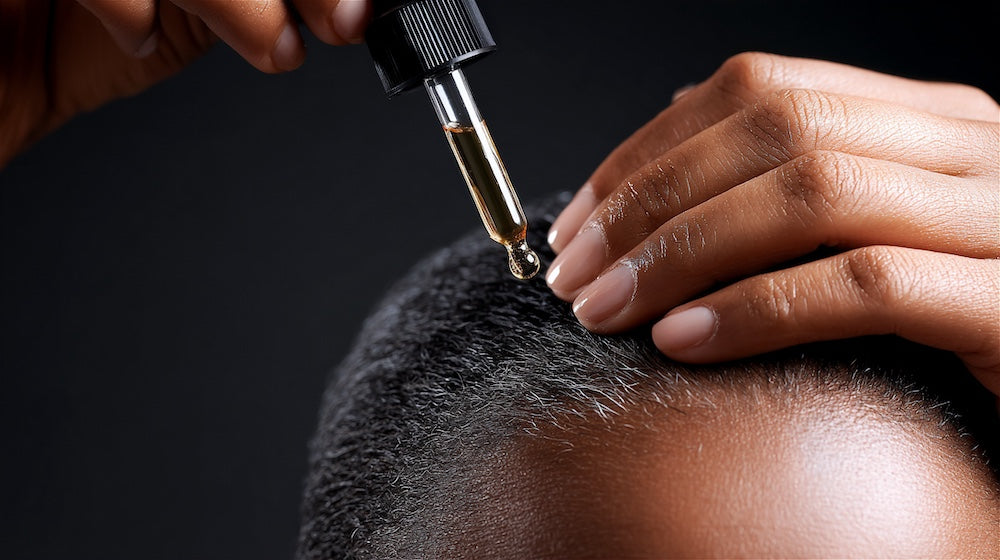A healthy scalp is the foundation of beautiful hair. Yet, for those with textured hair, dryness and irritation can often feel like a never-ending battle. Whether you wear your hair natural, straightened, braided, or blown out, understanding what causes scalp dryness—and how to fix it—is the first step toward restoring comfort, moisture, and shine.
Why Dry Scalp Happens
Textured hair tends to be naturally drier because of its unique curl pattern. The oils produced by the scalp (sebum) have a harder time traveling down each twist and coil. Add frequent heat styling, tight protective styles, or environmental factors like dry air and hard water, and the scalp’s natural balance can be disrupted.
Common causes include:
• Lack of moisture or hydration in your hair routine
• Product build-up or residue clogging follicles
• Harsh cleansers or sulfate-based shampoos
• Overuse of heat tools
• Changes in weather or humidity
• Nutrient deficiencies and dehydration
Signs Your Scalp Needs Attention
A dry scalp often appears as:
• Flaking or white patches (not to be confused with dandruff)
• Itchiness or tightness
• Dull, brittle strands
• Slower hair growth
• Sensitivity after styling or washing
If you notice these symptoms, your scalp is calling for moisture, not punishment.
Nourishing Your Scalp the Right Way
1. Cleanse Gently
Use a sulfate-free shampoo or a co-wash that cleans without stripping natural oils. Focus your lather on the scalp, not the ends. Try washing less frequently—every 7–10 days can help retain essential moisture.
2. Exfoliate Occasionally
Just like your skin, your scalp benefits from gentle exfoliation. A scalp scrub or a few drops of diluted apple-cider vinegar can remove build-up and restore pH balance.
3. Hydrate and Seal
Apply a lightweight scalp oil infused with natural ingredients such as jojoba, tea-tree, or peppermint oil. These soothe irritation and lock in hydration. Massage for 5 minutes to boost circulation and promote growth.
4. Protect from Heat
Use advanced tools designed for moisture protection. Devices like the Noma Sana Silk Tress Straightener and Silk Switch Dryer are engineered with intelligent temperature control and ionic technology—helping reduce heat damage while sealing moisture into textured strands.
5. Balance Your Diet
Omega-3s, biotin, and plenty of water are your scalp’s secret weapons. A healthy inside supports a hydrated outside.
Pro Tip: Build a Scalp-Care Ritual
Consistency transforms results. Treat your scalp weekly:
1. Massage in a pre-wash oil
2. Cleanse gently
3. Apply a hydrating mask
4. Finish with a light scalp serum
Pair this routine with protective hairstyles and satin accessories to keep moisture locked in.
When to See a Specialist
If flakes persist or irritation worsens, consult a trichologist or dermatologist. Conditions like seborrheic dermatitis, psoriasis, or fungal imbalances may require targeted treatment. Early intervention prevents long-term damage to follicles and scalp health.
Final Thoughts
Your scalp deserves as much care as your hair. By switching to moisture-preserving routines and using heat tools designed for textured hair, you’ll not only eliminate dryness—you’ll create the ideal foundation for stronger, more radiant strands.

